Why are Skulls everywhere in popular culture? – Lethal Threat

Since I was a kid, I always thought skulls were cool. I don't know what attracted me to them, but to this day I still love skulls and images of skulls. I have a room in my house decorated with nothing else but skull paintings and skull sculptures.
My brand, Lethal Threat, is built around my passions for all things skulls. I know I am not the only one into skulls.
That got me to thinking about why skulls are so popular now, just as they have been throughout history. Once associated only with outlaw bikers, Nazi symbolism and pirates, skulls can now be found on products ranging from kids' clothes to shower curtains.
I decided to do some digging into the history of skulls to shed some light on how and why this scary image is so widely accepted today. For a quick summary of what I learned about skulls, skull imagery and our fascination with them, read on.

Throughout history, skulls have been multi-purpose symbols. Want to honor the dead? A skull was used. Warn against danger? A skull served as a useful warning for all, including the illiterate, to stay away from poisons, other dangerous substances and unsafe conditions of any kind.
Somehow over the centuries, heads with their flesh stripped away went from a serious symbol of mortality to a pop icon image. Today, these ivory white noggins decorate all kinds of things, like T-shirts, lamps, motorcycles and just about any product you can think of.

History tells us that as far back as 7200 BC, people in the Middle East displayed the skulls of dead ancestors on shelves in their homes. Skull icons have a long history in Latin America. Starting around 1200 AD, the Aztecs built skull racks to display the heads of warriors defeated in battle. Around 300 AD, skull imagery became synonymous with Mexico's Day of the Dead. The ceremony continues to play a prominent role to this day.

The skull rolled into European decorative art in the mid-1300s. After the bubonic plague killed a quarter of the population, the skull symbolized both mortality and celebration. The skull was depicted on drinking goblets to remind us to drink up. Life is short, so celebrate life while you have it and can enjoy it.
The practice of decorating European churches with bones and skulls started in the 15th century. Hordes of people were dying from the black plague. Their bodies began to pile up as they were dropped off at churches for burial.
Running out of burial space, church officials wondered what to do with the bones and skulls of the dead piling up on the grounds of their churches. Thus the practice of decorating the churches with skulls started out of necessity. It provided a way to "make lemonade out of lemons" by using some of these excess skeletons for decorative purposes.
Churches in Poland, France, Portugal and the Czech Republic to this day are decorated with centuries-old skulls and bones. Last year I visited the Sedlec Ossuary chapel in the Czech Republic. Also known as the Bone Church, it is a place where I have never seen so many real human skulls. These human remains decorate every part of it.

In the 1700s, skulls and crossbones adorned the flags of pirate ships. They were designed to indicate a rogue identity and to strike fear into the hearts of all who saw these evil ensigns. This was the start of skulls' identification with lawbreakers, outsiders, misfits and ne'er-do-wells - any rebel who did not respect and follow the rules of society.
A new symbol of death and destruction arose on the world's cultural stage. This was an identity for the skull icon that did not exist before the pirates started to display the Jolly Roger on their ships.
So when did skulls come to the United States? It all started in the 1920s and 1930s. That was when American artists began to experiment with mural-making. They looked to Mexico for inspiration because mural culture in Mexico was already well developed and rife with skull imagery drawn from the Day of the Dead tradition.
American artists started to introduce the skull design into their works of art. Spooky Hollywood actor Vincent Price collected Mexican art. His interest in the art and his fame as a celebrity of the strange and weird may have contributed to the skull and death imagery that began to dominate Hollywood horror films.
Later on, pop influenced visual artists too. The famed 60s pop artist Andy Warhol, creator of extraordinarily popular works like the iconic Campbell's Soup prints, helped transform the skull from a serious artistic symbol to a more colorful decorative image. The Grateful Dead and Heavy Metal bands deserve some credit for bringing the skull to pop culture too.
So the image of the skull will always be popular in most cultures around the world. The human interest in what's inside our heads should not be surprising. After all, most of us are most fascinated with ourselves, and we all possess skulls. And in the long run, all living things, us humans included, are subject to Father Time and mortality.
No matter what type of skull art you are looking for, you will never find a shortage of skull designs and products at Lethal Threat. It is who we are and what we are about.
SOME PRODUCTS





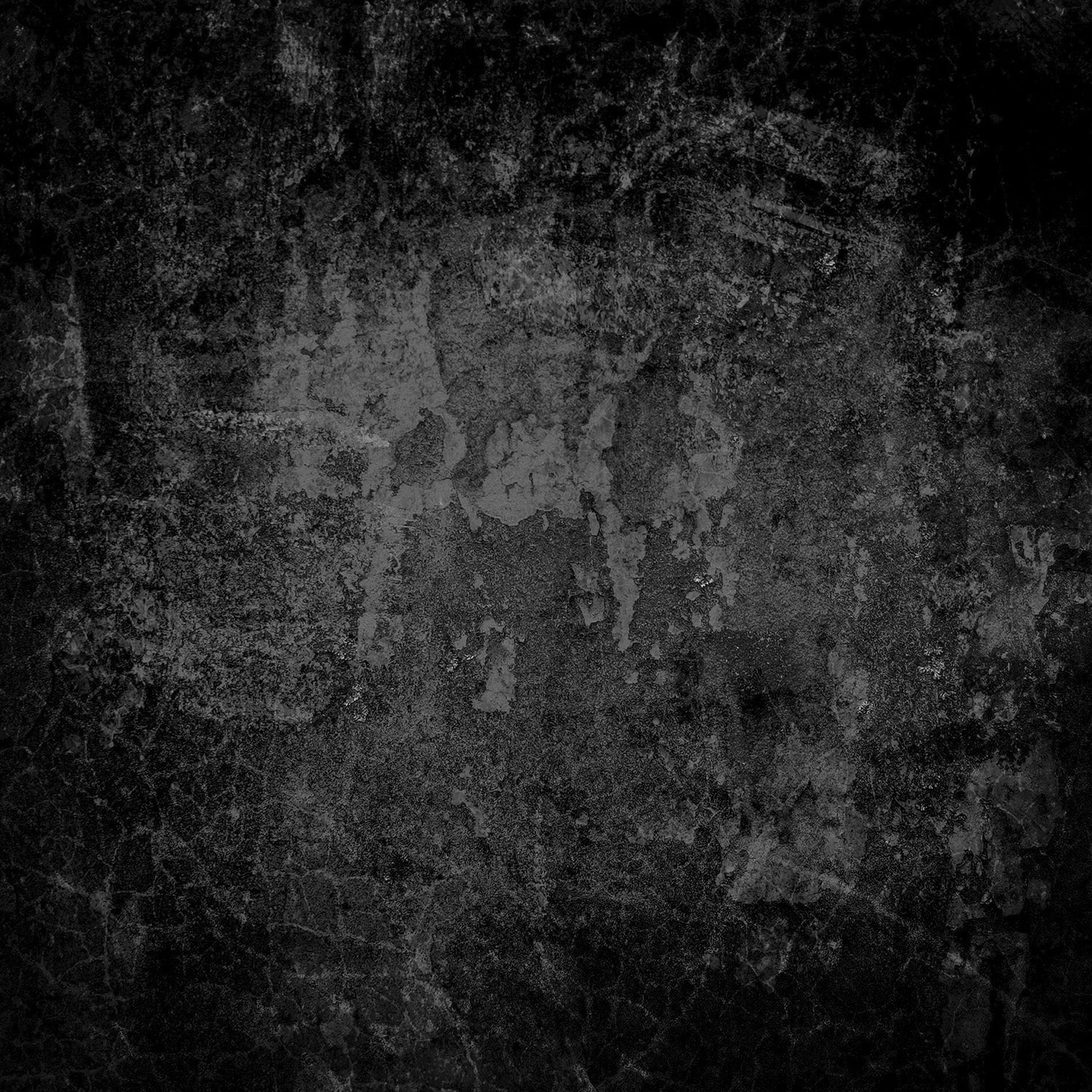

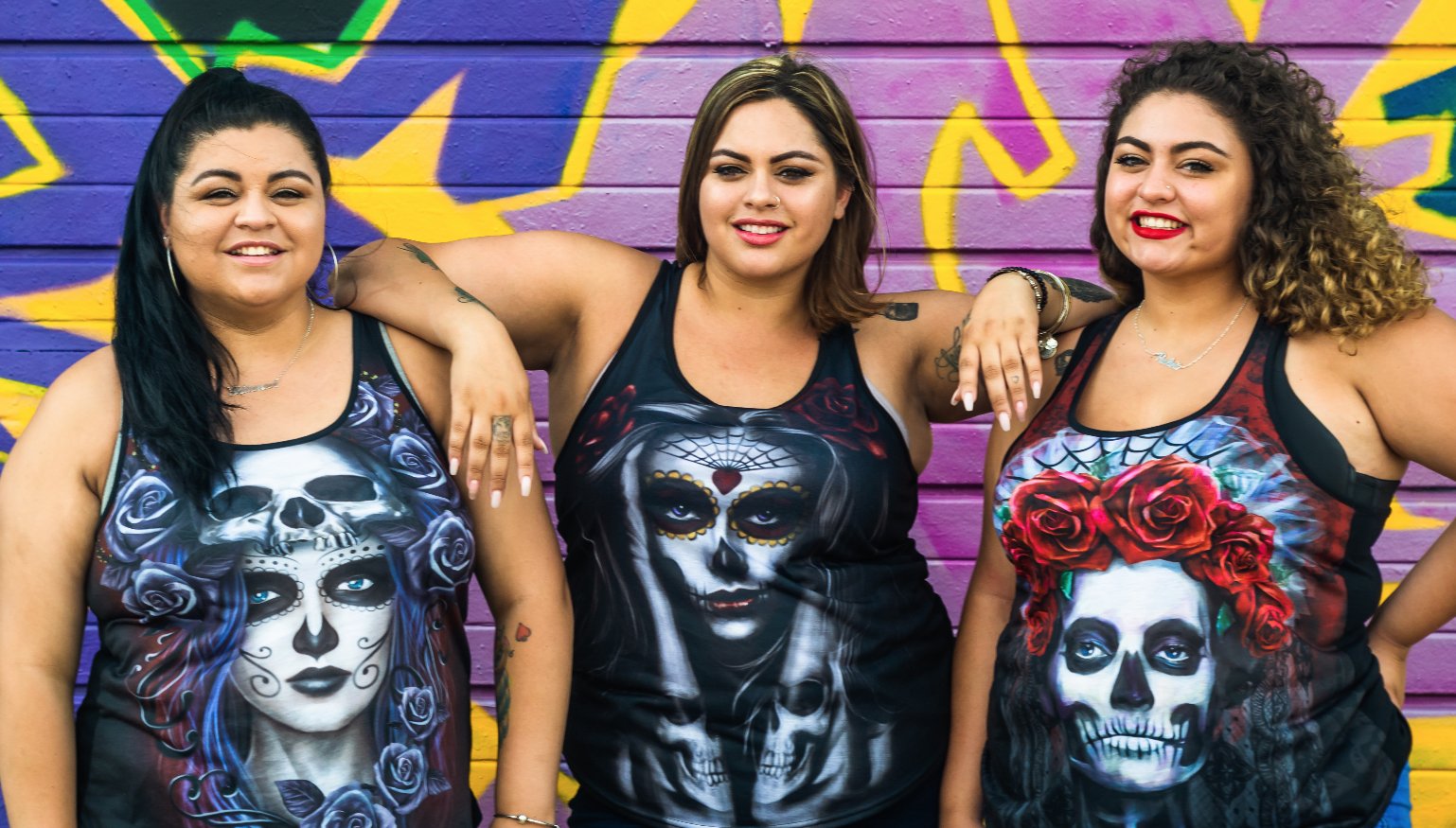


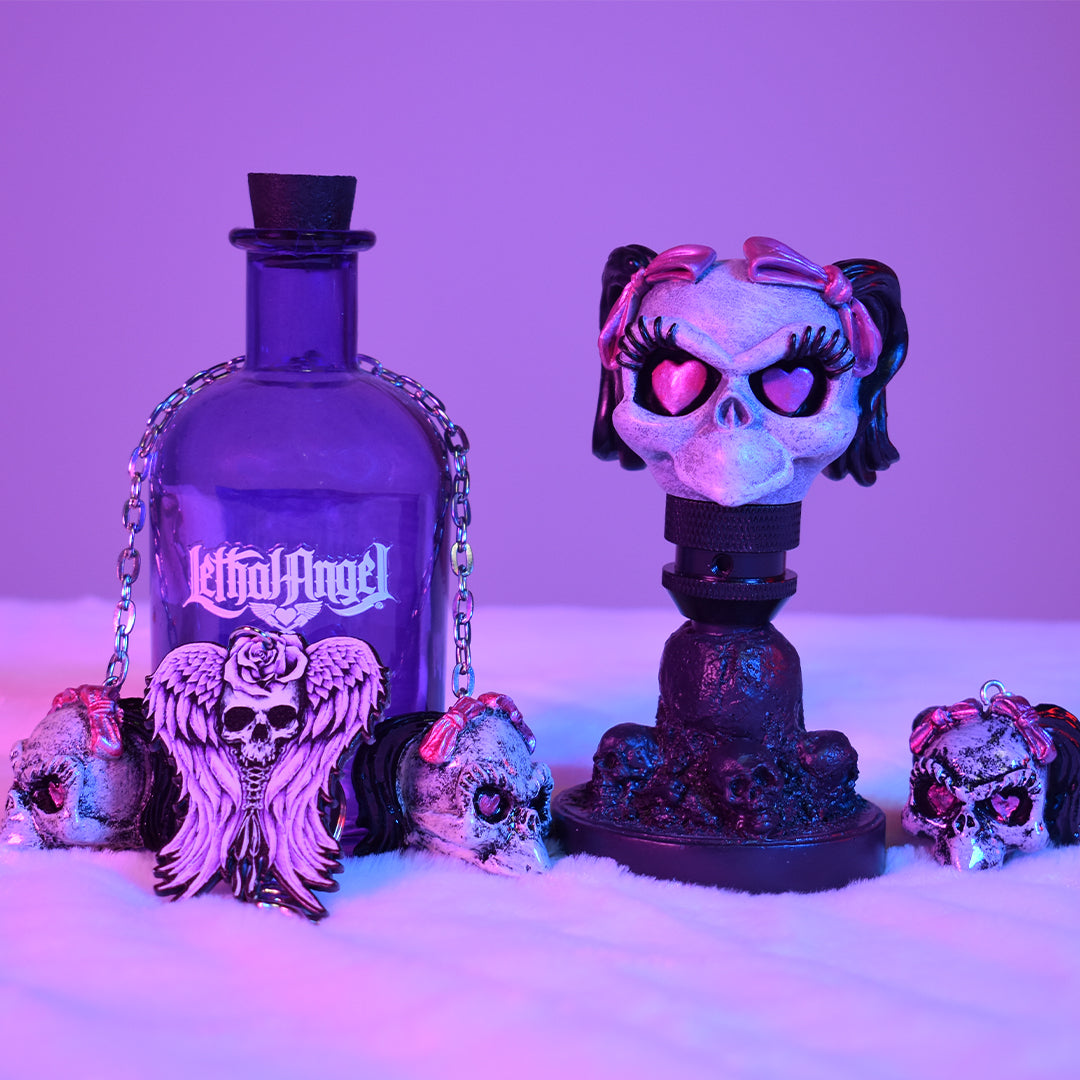


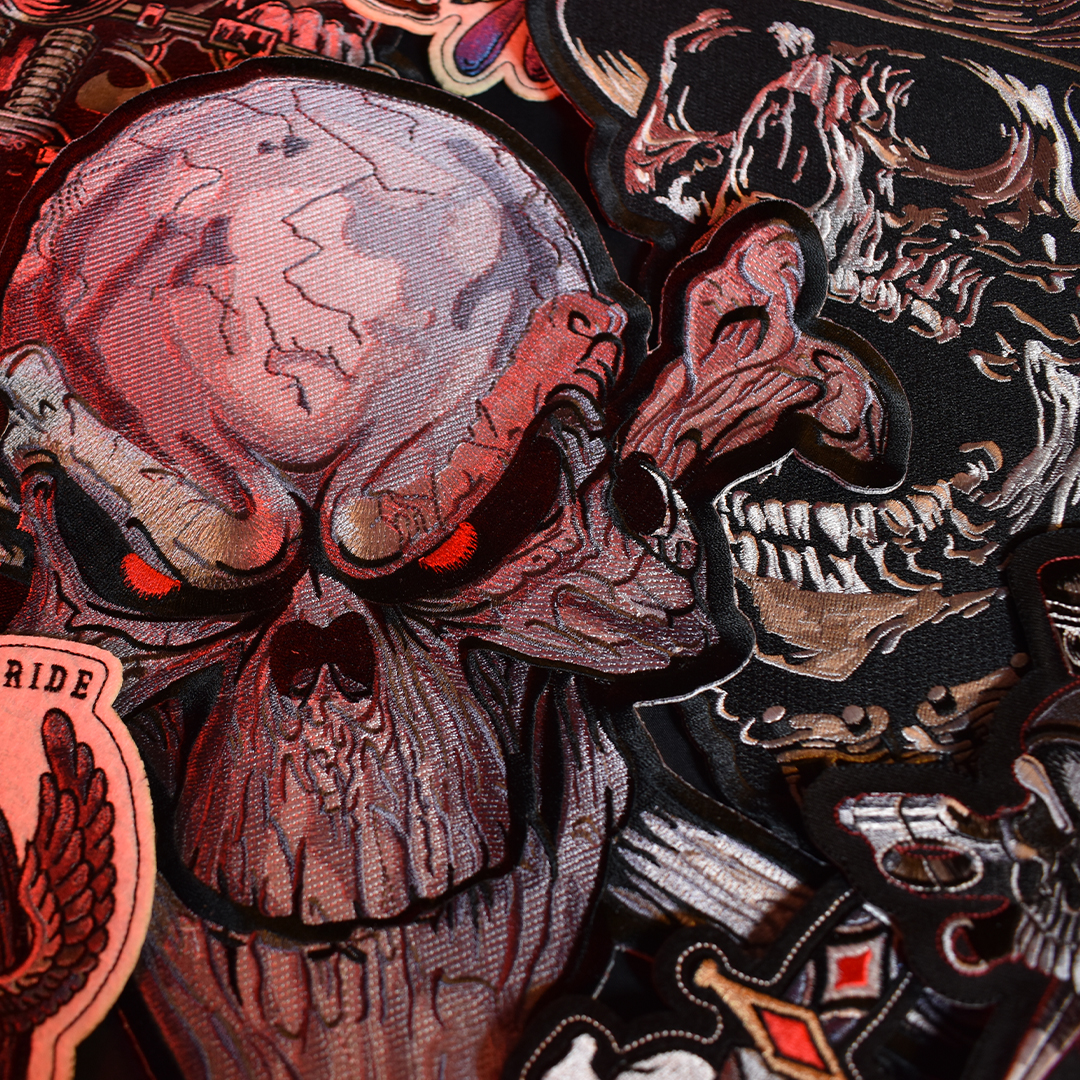
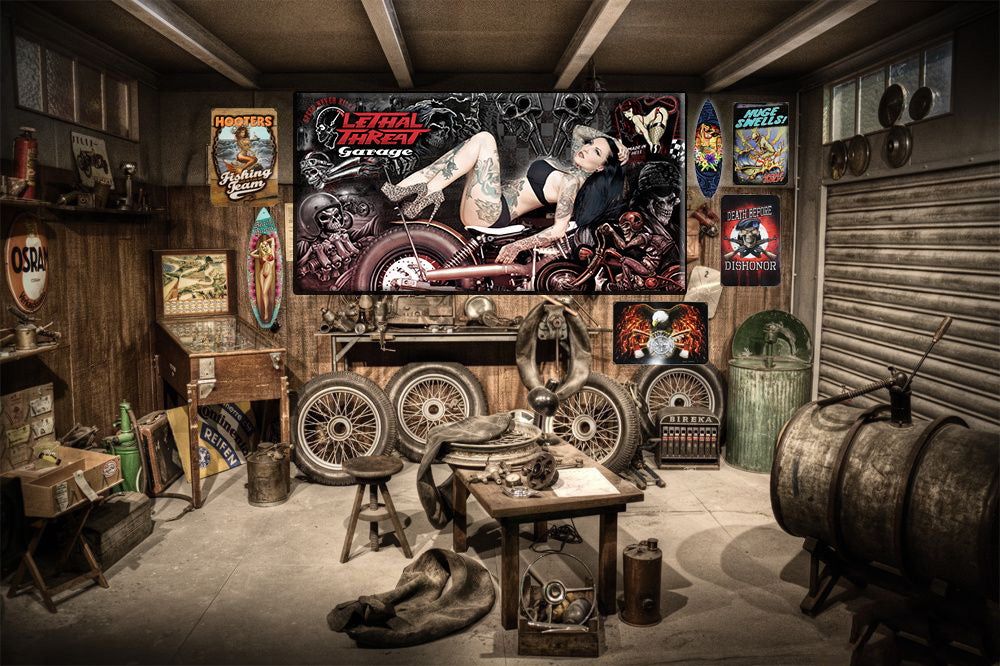


Great read interesting……
Leave a comment